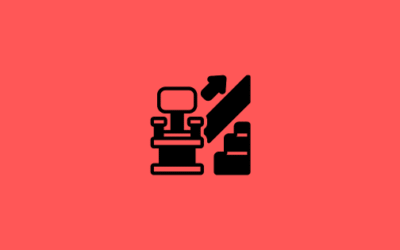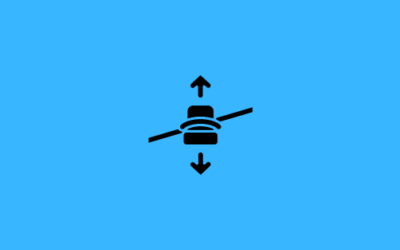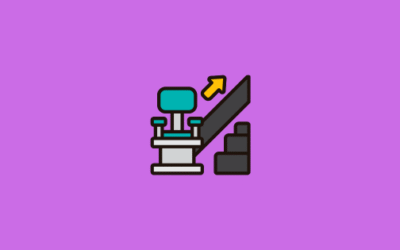Installing a home lift can significantly improve accessibility, future-proof your property, and add a touch of luxury to your daily living. However, it’s a major investment that requires careful planning and an understanding of various types, costs, construction requirements, and legal permissions. Here’s a breakdown of everything you need to consider before getting started with your home lift installation.
How Much Does It Cost to Install a Home Lift?
The cost of a home lift depends on the type of lift, its specifications, and the amount of building work required. While a basic home lift unit typically starts at around £14,000, the average cost ranges between £20,000 and £30,000. High-end options, such as traction home lifts and vacuum lifts, may start at £28,000 and range up to £33,000, depending on features and design.
Here’s a general price breakdown:
- Hydraulic lifts: £23,000–£28,000
- Traction lifts: £28,000–£33,000
- Vacuum lifts: From £28,000
Keep in mind that domestic lift prices usually do not include construction work, such as cutting floor apertures or creating a lift shaft. These are additional expenses that require separate budgeting. Additionally, regular servicing is required as recommended by the manufacturer, and VAT is often applied unless specific exemptions apply.
How Much Does It Cost to Get a Lift Installed in Your House?
When factoring in the installation, you’ll also need to consider site preparation, structural adjustments, and labour. In general:
- A standard installation that doesn’t involve major structural changes can be completed in a single day.
- More complex installations, such as those requiring a lift shaft or cutting through floors or ceilings, may take around 3–4 days.
- A technical survey is carried out before any installation begins. This full survey assesses your property to identify suitable locations and any necessary modifications.
Depending on your lift type and home layout, the amount of construction work will vary. For instance, compact home lifts or through-floor lifts designed for a stairwell void may require less construction. Some models, such as the Stiltz Home Lift, are self-supporting and don’t require load-bearing walls, which can help reduce the workload.
Do I Need Planning Permission to Install a Lift in My House?
For most domestic lifts, planning permission is not required, especially if the installation is internal. However, if the installation affects the external appearance of your house or involves significant structural changes, you may need to seek approval from your local council. It’s always advisable to consult a professional builder or planning advisor during the early stages to avoid unexpected delays.
A technical survey and inspection by qualified specialists will also highlight any zoning or building regulation concerns, especially if the lift is to be installed in unusual locations, such as an airing cupboard or external annexe.
What Are the Disadvantages of a Home Elevator?
While home elevators offer numerous benefits, there are some disadvantages to be aware of:
1. Cost
Installing a lift is a major investment. Aside from the base domestic lift cost, you must consider construction, servicing, shipping costs, and potential VAT charges.
2. Construction Work
Even the most compact designs require some construction work – a small opening in the ceiling for the lift car, possible alterations to walls, and a pit depth for certain models.
3. Space Requirements
While many lifts require only a square metre per floor, not all homes have enough room in ideal locations. Installing a lift may force you to rearrange existing spaces or lose storage areas.
4. Maintenance
Some lift types require more maintenance, particularly hydraulic lifts, which utilise hydraulic fluid and necessitate frequent checks. Others, such as vacuum lifts, require less maintenance but can be extremely expensive.
Types of Home Lifts
Understanding the different types of lifts will help you choose one that best fits your budget, space, and mobility needs:
- Stiltz Home Lift: A standalone lift unit that can be installed almost anywhere with self-supporting rails.
- Duo+ Home Lift: Small floor lifts ideal for two people, offering quick and discreet operation.
- Trio+ Home Lift: Designed for wheelchair users with wider doors and more space.
- Vacuum Lifts: Stylish and modern, they use air pressure in a transparent tube.
- Hydraulic Lifts: Offers the most conventional lift experience.
- Roped-Drum and Screw-and-Nut Lifts: Plug into a power socket, compact and ideal for homes with limited space.
Each type varies in features, design, lift shaft requirements, and how seamlessly it can fit into your home’s existing architecture.
Benefits of Installing a Home Lift
Installing a residential lift can be life-changing, particularly for those with limited mobility or those planning to future-proof their home. Key advantages include:
- Accessibility: Easily move between floors without needing to use stairs.
- Luxury Appeal: A stylish, aesthetically pleasing feature that integrates with home decor.
- Property Value: Increases long-term value, especially attractive to future buyers.
- Independence: Enables elderly homeowners to remain in their homes for longer periods.
- Convenience: Great for carrying groceries, luggage, or laundry between floors.
Safety Features in Modern Home Lifts
Modern home elevators come with a wide range of safety features to ensure users move safely between floors:
- Compliant with European safety standards
- Battery backup to descend during a power cut
- Light-beam curtains to detect obstructions
- Child locks to prevent unsupervised use
- Powered entirely by an electric motor or hydraulic pump
Final Thoughts
A home lift installation is a significant decision, both financially and structurally. From selecting the right type of lift and assessing your space to understanding installation timelines, costs, and regulations, thorough planning is key. Whether you’re looking to future-proof your home or improve its value and accessibility, a well-chosen domestic lift can be a truly transformative upgrade.







